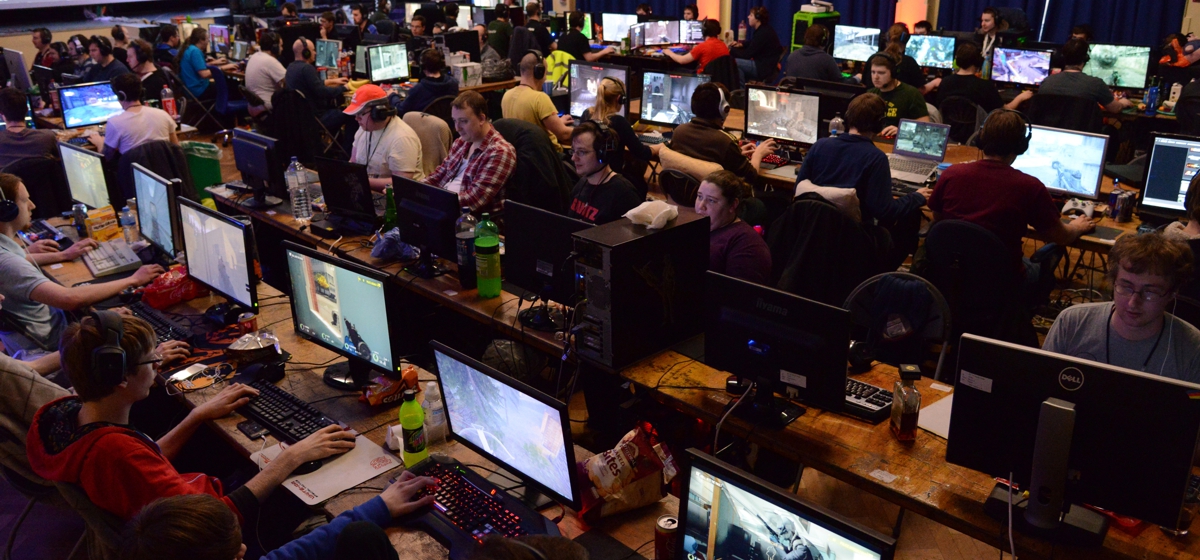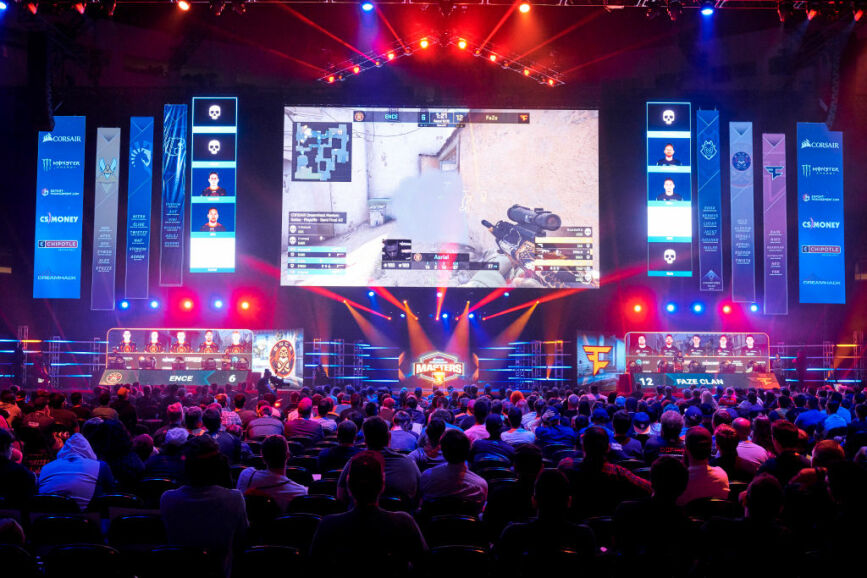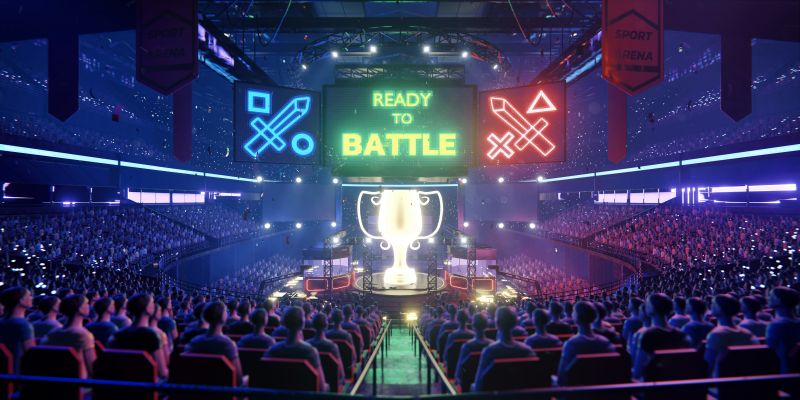Organizing gaming tournaments among students involves several key steps to ensure a successful and enjoyable event. Below you will find a step-by-step guide on how to organize various gaming tournaments in a fast and effective way.
Preparation
As a rule, gaming competitions at colleges and schools are held by students. So, first of all, you need to make sure you have enough time to manage the tournaments. It is better to complete all your academic assignments in advance since the organization process is always very time-consuming.
But what if you feel drowned in countless academic papers you need to complete but still want to become an organizer of the gaming tournament? Who can write my college paper for me? This question is one of the most disturbing for many learners. Fortunately, you can start using one of the trustworthy academic writing websites and get even the most complicated homework done easily.
Choosing the Games
Begin by selecting popular and engaging games that cater to the interests of students. Creating comprehensive and fair rules for each game is essential to ensure a level playing field. To improve student engagement, select games that resonate with their interests and preferences. This not only encourages higher participation but also creates an atmosphere of excitement and enthusiasm.
Once the games are chosen, set dates that align with the academic calendar and consider holidays or breaks to maximize attendance. You can also make an online poll to choose the best dates for your event. The potential participants will vote for particular dates and help you determine the most convenient option.
Registration and Promotion
Simplicity is key during registration – a straightforward process encourages more students to sign up. Therefore, it simplifies the registration process for participants to encourage maximum involvement. Make sure the process of registration is as easy as possible and doesn’t require much time.
Promote the event through a combination of physical posters and online platforms to reach a wider audience. It is better to use the most popular social media to boost the promotion of your event. Therefore, don’t hesitate to use Instagram, Facebook, TikTok, and other media to attract more students. Effective communication is crucial to ensure interested students are aware of the event.
Logistics and Setup
Set up the gaming venue with all the necessary equipment, including consoles, computers, and stable internet connections. Conduct technical checks to ensure everything functions smoothly before and during the event. It is necessary to organize the venue layout for optimal gameplay and create a comfortable environment for participants.
If you are not sure you have enough technical skills to check all equipment, it is better to ask someone for help. The reason is that stable and reliable technical parameters are crucial for the event’s success.
Tournament Execution
On the event day, start by organizing teams or allowing individual participants to join. Follow the established schedule to host matches and progress through the brackets. Keep track of scores accurately to determine winners and provide short breaks to allow participants to rest and recharge between matches.
Creating well-defined rules is pivotal for a seamless event. By providing clarity on game mechanics, regulations, and conduct, you ensure fairness and minimize misunderstandings. The venue setup should be ergonomic, featuring comfortable seating, proper lighting, and equipment in good working condition.
Final Rounds and Recognition
As the tournament progresses, the excitement escalates, culminating in the semi-finals and finals. These rounds should be meticulously planned to create nail-biting moments and intense competition.
Awarding winners with prizes, certificates, or recognition fosters a sense of accomplishment and encourages continued participation. Sharing event highlights and achievements through photos and videos not only celebrates the event’s success but also creates a sense of belonging among participants.
Reflection and Future Planning
After the tournament concludes, collect feedback from participants to evaluate what went well and where improvements can be made. It is also good to share highlights of the event, such as photos and videos, on social media to showcase the successful organization. Not to mention, expressing gratitude to participants, volunteers, and sponsors reinforces positive relationships and encourages continued support.
Continuous Improvement
Post-event, gather feedback from participants to understand their experiences, identify areas for improvement, and acknowledge any concerns. It provides insights for enhancing future tournaments and tailoring them to participants’ preferences. With this valuable feedback in hand, strategize for upcoming tournaments, integrating the lessons learned to create even more engaging, enjoyable, and smoothly organized gaming events in the future.
Extra Tips For Excellent Gaming Tournaments
- Volunteer Support: Recruit volunteers to help with event logistics, registration, scorekeeping, and technical assistance. Their support will make the event run more smoothly.
- Inclusive Environment: Foster an inclusive environment where all skill levels are welcome. Consider having both casual and competitive brackets to accommodate diverse levels of expertise.
- Anti-Cheating Measures: Implement anti-cheating measures to maintain fair play. This might include using standardized equipment and closely monitoring matches.
- Networking Opportunities: Design breaks to encourage participants to socialize and network with fellow gamers, promoting a sense of community.
- Health and Safety: Prioritize the health and safety of participants by providing ergonomic seating and hydration stations and adhering to any relevant health guidelines.
All in all, the process of organization and management of video tournaments for students is very energy-consuming. However, if you have some assistants or follow our step-by-step guide, you will make the process much smoother.



